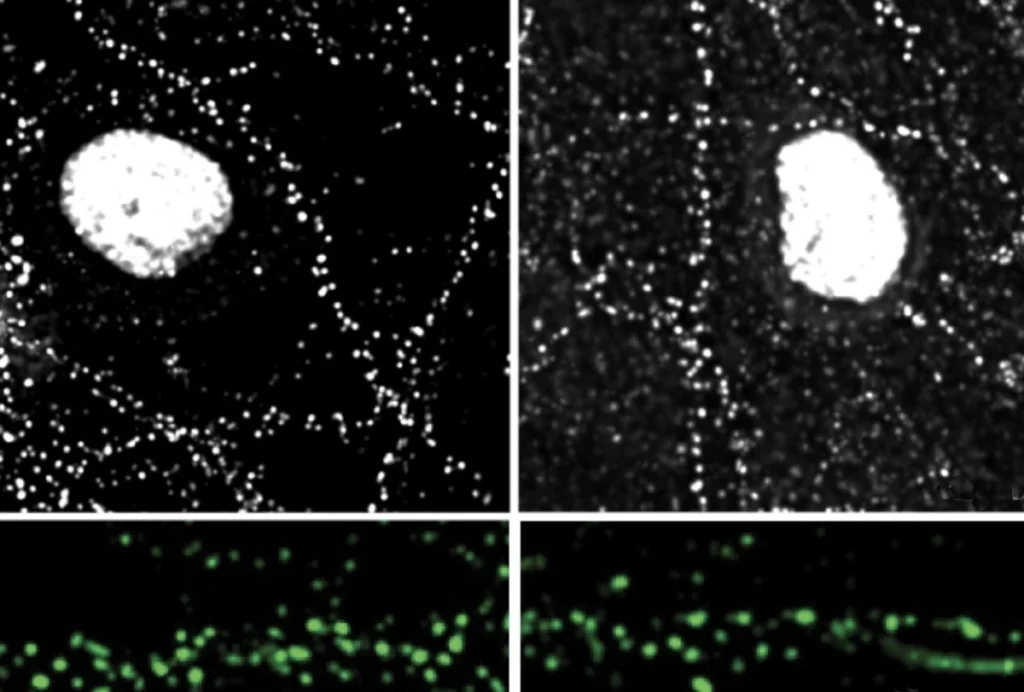- Children with and without autism share similar levels of fecal markers of gut inflammation, on average. Molecular Autism
- Drosophila with neuronal knock-down of the autism-linked gene CUL3 show metabolic dysregulation, sensitivity to oxidative stress, and altered neuroanatomy. Scientific Reports

Fly swatter: Knockdown of the autism-linked gene CUL3 in neurons changes the anatomy of Drosophila brains (right panel; left and center panels are controls).
- Autistic people have alterations in white-matter microstructure in the basal ganglia and cerebellum that can be linked to restricted and repetitive behaviors. Molecular Autism
- The social-interaction styles of autistic men with fragile X syndrome can be categorized as active or passive, but these general groupings don’t correlate with other traits. Journal of Intellectual Disability Research
- By using machine learning on data from wearable biosensors that monitor cardiovascular and electrodermal activity, researchers can predict imminent aggressive behavior in autistic children and teenagers in psychiatric inpatient settings. Spectrum has previously reported on a suite of technological approaches for capturing distinctive behaviors. JAMA Network Open
- The International Classification of Diseases-11th edition is more sensitive to broad and diverse presentations of autism than is the Diagnostic and Statistical Manual of Mental Disorders-5th edition, according to autism researcher Inge Kamp-Becker. Molecular Psychiatry


